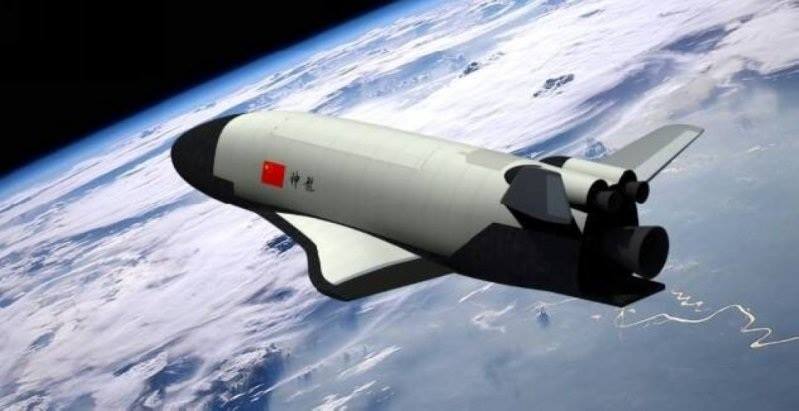The automatic Chinese spacecraft CSSHQ (Chongfu Shiyong Shiyan Hangtian Qi), launched on September 4, placed a satellite in orbit only 50 km from the USA 276 military satellite, which is one of the most sensitive platforms in the U.S. space arsenal.
Whereas Beijing has just put into orbit a constellation of 9 Gaofen 3 radar imaging satellites using a CZ-11 rocket fired from a naval platform, we have more details about the mysterious Chinese CSSHQ orbital spacecraft which was launched on September 4, and which would be similar to the American automatic shuttle X-37B. The X-37B is a five-tons reusable shuttle, which can operate on Low Earth Orbit between 200 and 700 km altitudes, which can transport different payloads like satellites, ISR sensors, or weapons. With a mass of 8.5 tons, CSSHQ would have a greater payload capacity than the X-37B.
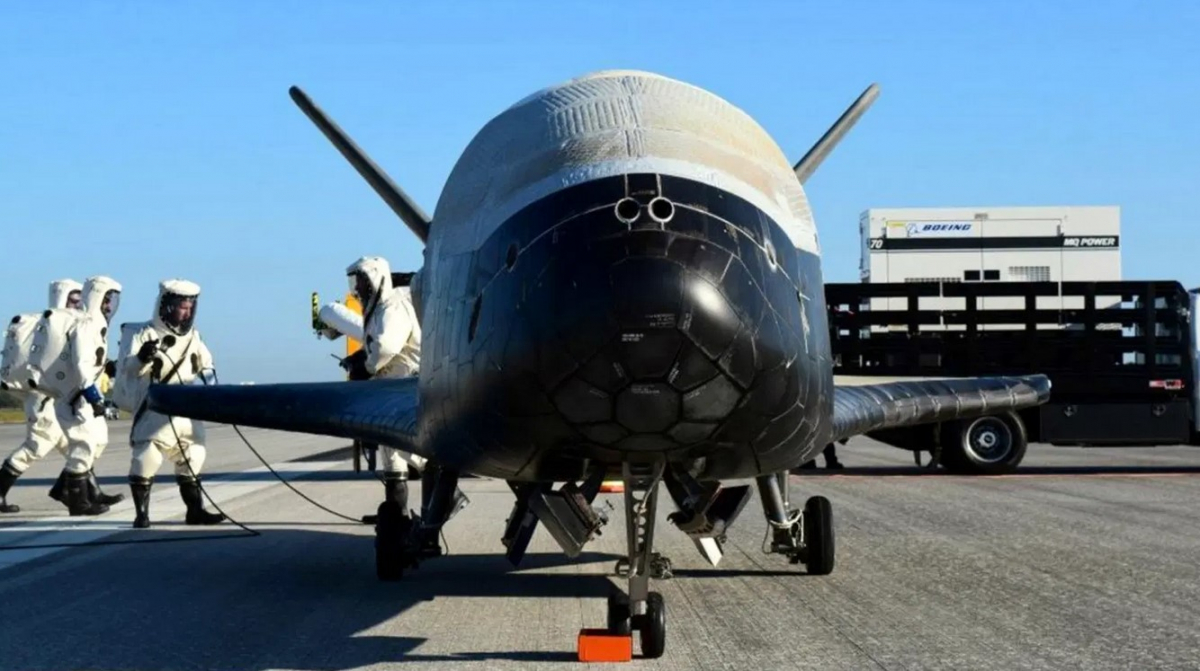

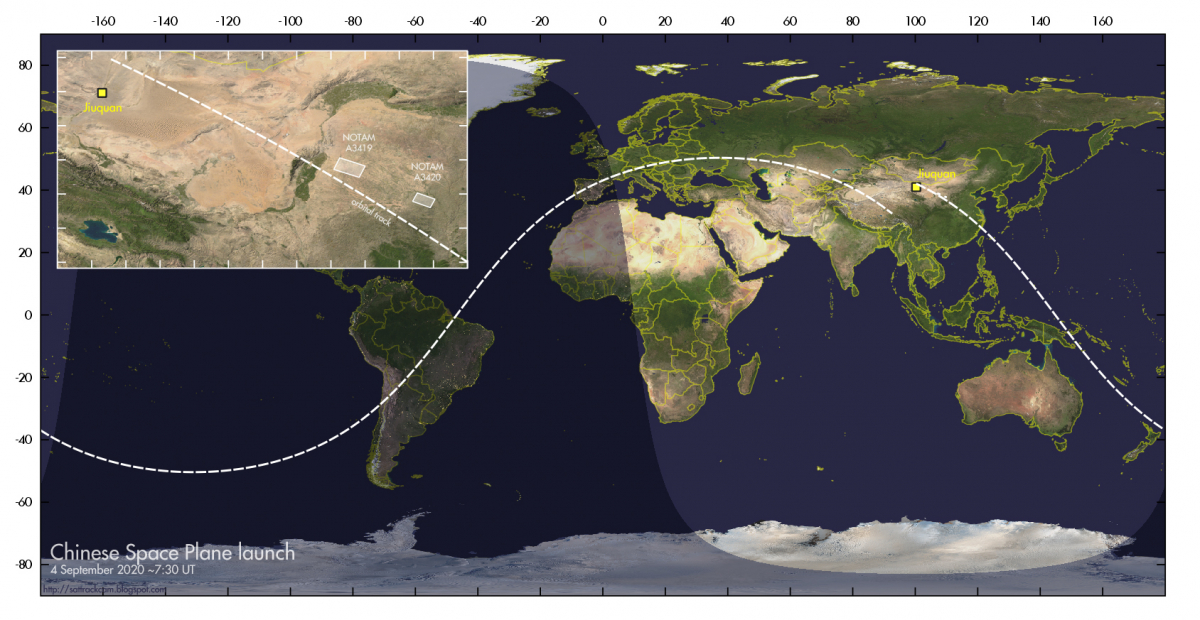



A capability demonstration
The Chinese spacecraft not only orbited during two days, following a trajectory close to that commonly used by the American trans-orbital spacecraft (332x348 km, inclination 50.2°). A few hours before landing near the Lop-Nor nuclear test site in the Taklamakan desert and being photographed by one of Planet Lab’s satellites, US NORAD detected that a second vehicle had detached from the first. However, according to the researches published few hours ago by a young Russian amateur radio, we now know that the CSSHQ (NORAD ID 46395) is not a solar panel as some experts first thought, but an artificial satellite who regularly transmits on 4Mhz and 2.480 Ghz, using a modulation that has so far been little used by the Chinese. Dimitri Pashkov, who is the author of this discovery, processed more than 4 terabytes of data on his personal computer during a week, using software that he conceived himself. This young Russian developer is not unknown to specialists: last April, he demonstrated that Iran’s first military satellite, Noor, was in fact a simple 6U Cubesat Plaftorm with 20 by 30 cm sides. But above all, according to Dr Marco Langbroek’s observations, this satellite would be orbiting just 50 km above another American orbital vehicle that is even more confidential than the X-37B, and in which the Pentagon never said anything the USA 276. However, we know that its designer Ball Aerospace is specialised not only in observation satellites but also in laser communication devices to thwart adverse jamming operations. Highly manoeuvrable, this vehicle had spiralled around the ISS station to a distance of less than 4 km in June 2017. According to some observers, such as Emmanuel Chiva, this could demonstrate that USA 276 would in fact have a guardian angel role of the American reconnaissance platforms against any external attack. From this moment, it is too early to know whether the CSSHQ is a simple test mission, a surveillance mission, or even an “inspection” mission of the American orbital platforms. However, it should be remembered that since the Shiyan-7 (SY-7) programme, the Chinese now have all of these capabilities at their disposal.
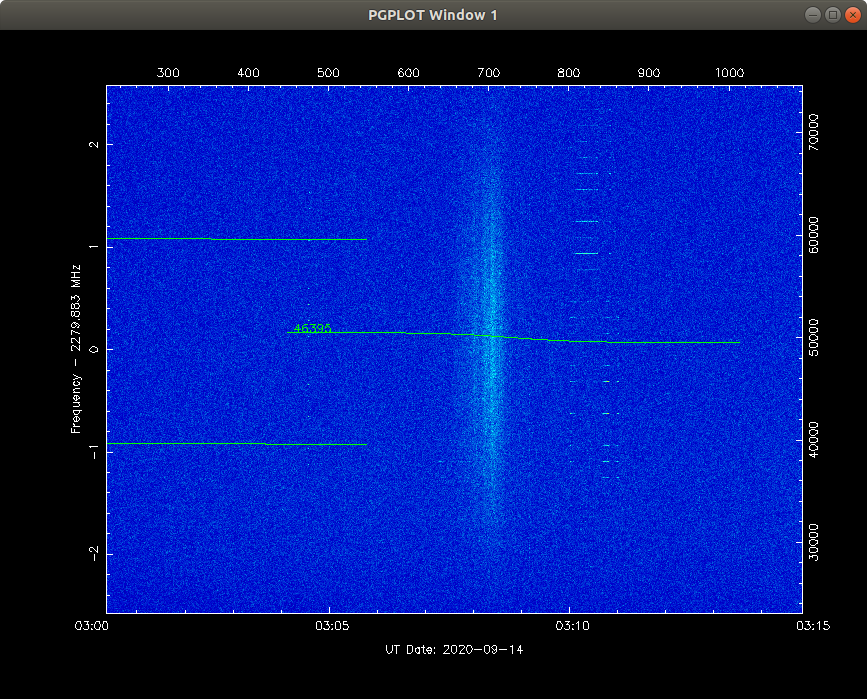



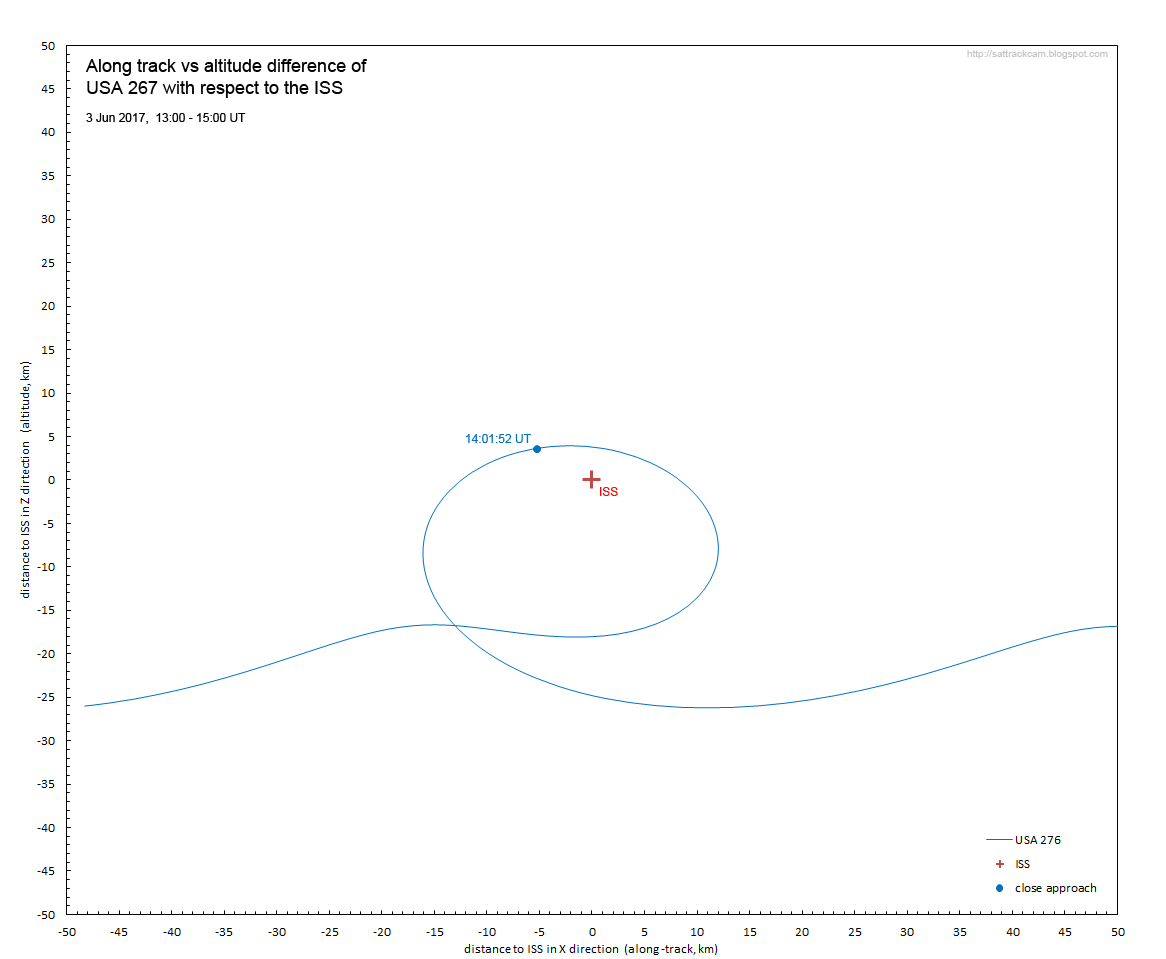



A long-planned project
Beijing's interest in orbital aircraft is not recent. Indeed, China had expressed its desire to participate in the European Hermes project during the 1980s. In September 2006, during the space congress in Valencia, Spain, the Academy in charge of Chinese launchers (CALT- China Academy of Launch Vehicle Technology) presented a road-map whose objective was to develop three generations of orbital aircrafts. The first one was to be officially launched in 2020.
The works on Shenlong demonstrator begun in 2001 following to the instructions to the Tenth Five-Year Plan. A brain-trust of engineers from the 611 Institute of the Chengdu Group, Nanjing and Harbin Universities, but also from the CAC industrial group, was formed to carry out the project. The first flight test was carried out in 2005, after an H-6 bomber was dropped. In 2010, a few weeks after the start of the first X-37B mission, the Shenlong launched by a Long March 2C SLV rocket made its first sub-orbital flight at an altitude of 100 km. On January 8, 2011, Shaanxi TV reported that the demonstrator managed to return to the ground by landing horizontally. Although smaller at 6 m in length, its design and missions are extremely close to its American model. In 2013, rumours circulated on the Chinese internet according to CALT would test on September 20 a new engine, Aotien 1, whose supply mission would be similar to the Dream Chaser space plane of US Sierra Nevada Corporation. However, no evidence has so far come to confirm this information.


A new hypersonic threat?
In fact, Beijing is pursuing its strategy to militarize space by responding segment by segment to U.S. capabilities. If this suborbital platform enters in operational service, Beijing will be able not only to carry out discrete launches of reconnaissance micro-satellites and Anti-satellite weapons missions, but above all to carry out low orbit ground strikes using hypersonic weapons. Strikes that would leave Chinese opponents only a few tens of seconds to react.

